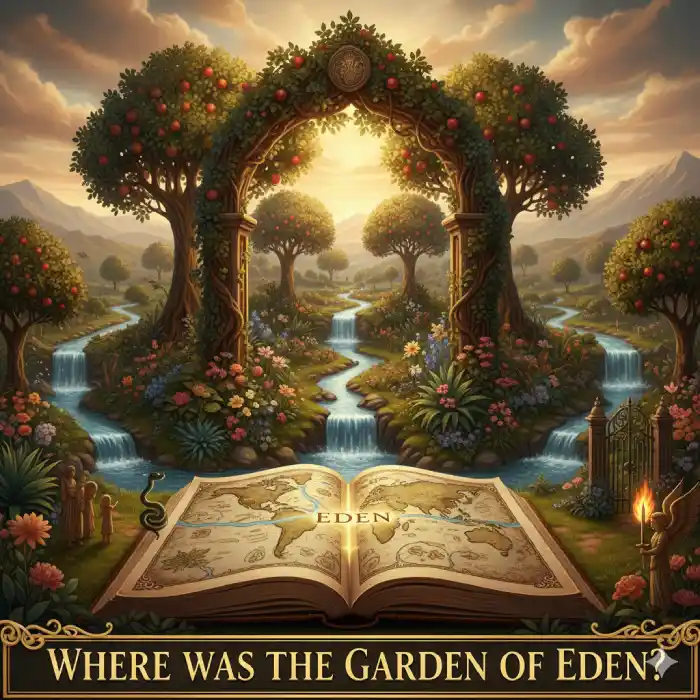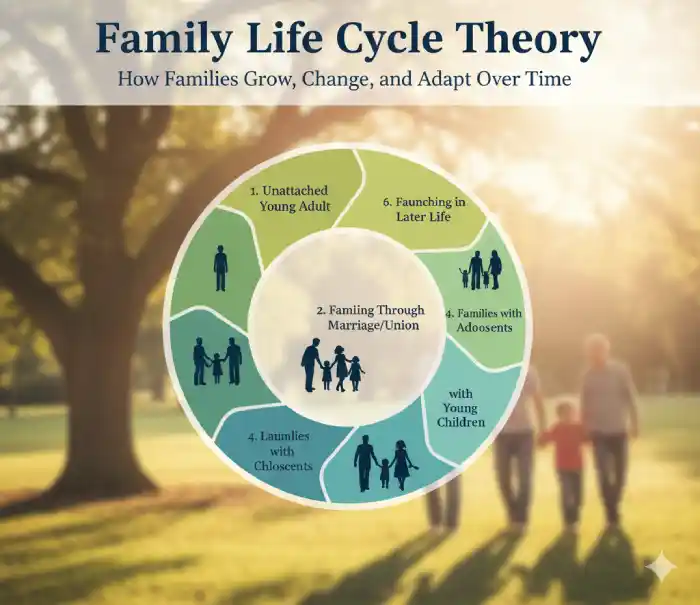The Garden of Eden is one of the most famous places described in religious history. According to the Bible, it was the paradise where the first humans, Adam and Eve, lived before they disobeyed God and were sent out. For centuries, people have asked the question: Where was the Garden of Eden? While there is no exact answer, scholars, historians, and theologians have suggested many possible locations based on religious texts, archaeology, and geography.
You can also explore related cultural insights in Understanding the Factors Involved in Globalization: A Comprehensive Guide, which discusses how early civilizations and human movement shaped world history.
What the Bible Says
The Book of Genesis describes the Garden of Eden as a beautiful place filled with trees and all living things.
The Pishon: The Pishon is one of the four rivers mentioned in the Bible’s Garden of Eden. It is described as flowing through the land of Havilah, a region rich in gold and precious stones. Its exact location is unknown today, but many believe it may have been a now-vanished river in Arabia.
The Gihon: The Gihon is one of the four rivers in the Bible’s Garden of Eden, described as flowing around the land of Cush. Many believe it could be the Nile River, but its exact location is uncertain.
The Tigris: The Tigris is a well-known river from the Garden of Eden, flowing through modern-day Iraq and joining the Euphrates.
The Euphrates: The Euphrates is one of the rivers of Eden, a major river in the Middle East that flows through Turkey, Syria, and Iraq.
Because of these descriptions, many researchers have looked toward the Middle East for possible locations.
Theories About the Location of the Garden of Eden
1. Mesopotamia (Modern Iraq)
Many scholars believe Eden was in Mesopotamia, often called the Cradle of Civilization. This area lies between the Tigris and Euphrates rivers, which are still known today.
2. Armenia / Eastern Turkey
Some historians suggest the Garden of Eden could have been near the mountains of Armenia or eastern Turkey, where the Tigris and Euphrates rivers begin.
3. Persian Gulf Region
Another theory says Eden may now be under the Persian Gulf, as rising sea levels over thousands of years could have covered the land once described in Genesis.
4. Africa Near Ethiopia
Some religious traditions link Eden to Africa because of the river systems and ancient civilizations in that region.
5. Symbolic Location
Many religious scholars believe Eden was not a physical place at all but a symbol of paradise, representing a state of perfect peace between God and humanity.
For more discussions on human belief systems and evolving cultural symbols, you might enjoy Everything You Need to Know About Leatheling: A Comprehensive Guide to Its Uses, Benefits, and Future Trends.
Why the Garden of Eden’s Location Remains a Mystery
Ancient names of rivers and lands may not match modern geography. Thousands of years of floods, climate change, and shifting landscapes may have erased evidence.
Some traditions also believe God intentionally kept Eden hidden after Adam and Eve left.
If you’re interested in how human understanding of history, geography, and faith continues to evolve, you can explore more at the Leatheling Blog.
FAQs
Has the Garden of Eden ever been found?
Modern scholars doubt that the Garden of Eden actually existed as a real, physical place.
Why can’t we know where the Garden of Eden is?
The changes in the world that happened after the flood, along with natural evolution of landscapes, make it nearly impossible to pinpoint.
Which country is the Garden of Eden located today?
Most theories point to Mesopotamia (modern-day Iraq).
What language did Adam and Eve speak?
Either Hebrew or a lost “Adamic” language, according to some traditions.
For a modern reflection on how human creativity and storytelling keep ancient myths alive, read Experience the Magic of Brahflix: Your Ultimate Streaming Destination for Movies and Series.
Conclusion
Where was the Garden of Eden? The truth is, no one knows for sure. Some say Mesopotamia, others point to Africa, Armenia, or the Persian Gulf. Many believe Eden was never meant to be found on a map but instead serves as a symbol of harmony, purity, and a perfect relationship with God.
Whether real or symbolic, the story of Eden continues to inspire faith, imagination, and the search for humanity’s origins.
Explore more deep-dive articles like this on the Leatheling Blog, where history, culture, and modern discovery meet.



[…] For local tips, see where was the garden of eden. […]